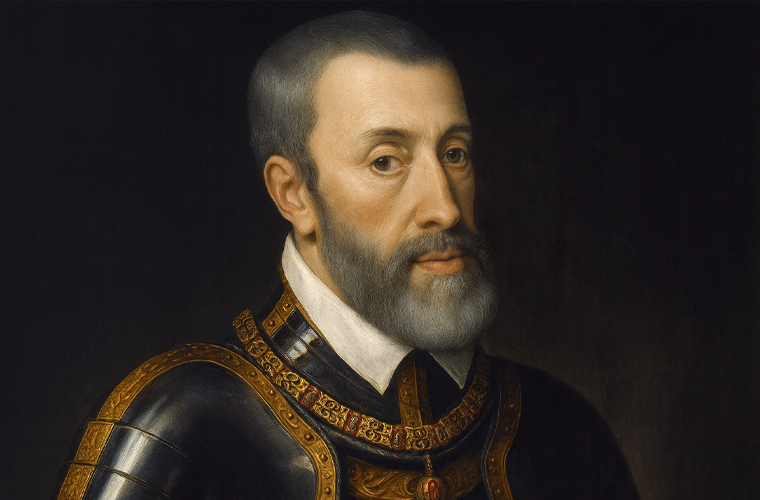The history of American slavery, while extensively examined, is part of a broader narrative that began with European chattel slavery initiated by powers such as Spain, Portugal, and England. These nations, through their early interactions with Africa, laid the groundwork for a system that would grow into a brutal and expansive transatlantic trade in human lives. Initial contact between Europeans and Africans often took the form of missionary work or trade in goods, but this dynamic shifted dramatically with the introduction of a transformative technology: the gun. Firearms gave Europeans a significant advantage, enabling them to kill more efficiently and assert dominance, which facilitated the transition from trade in goods to trade in people.
In the early 16th century, the movement of enslaved Africans to the Caribbean and Europe remained limited in scale. During the 1510s and 1520s, Spanish ships sailing to Caribbean settlements like Puerto Rico and Hispaniola typically carried small numbers of enslaved individuals, ranging from one or two to as many as 30 or 40 per voyage. These numbers, while significant for the time, were modest compared to what would follow. A pivotal change occurred in August 1518, when King Charles I of Spain issued an edict authorizing the direct shipment of enslaved people from Africa to the Americas, bypassing European ports. This decision marked a turning point, dramatically scaling up the transatlantic slave trade. The number of enslaved Africans transported directly to the Americas surged, with some voyages in the mid-1520s carrying as many as 200 to nearly 300 captives on a single ship, according to David Wheat, a history professor at Michigan State University.
Tracing the exact origins of these captives is challenging. Many were captured in mainland Africa, transported to island ports like São Tomé off the west coast, and then loaded onto Spanish ships bound for the Americas. The conditions on these early voyages were horrific, with accounts of enslaved people throwing themselves overboard to escape their suffering, alongside widespread deaths from malnutrition and disease. Wheat notes that these brutal aspects of the slave trade, often associated with later centuries, were already evident in the 1520s during voyages from São Tomé. The authorization by Charles I not only increased the volume of the trade but also intensified the cruelty inflicted by slave merchants, ship captains, and their crews on the defenseless enslaved.
Portugal played a significant role in this system, having established São Tomé as a colonial island port in the mid-1400s. By 1518, the Portuguese were already experienced in the slave trade, forcing enslaved Africans to labor on islands in the eastern Atlantic and supplying captives to the Iberian Peninsula, some of whom were later sent to the Caribbean. The Spanish, facing the rapid decline of enslaved native populations due to European diseases and colonial violence, increasingly relied on African captives after 1518. According to Wheat, thousands of enslaved Africans were transported to the Caribbean during this period, with Black individuals making up the vast majority of those enslaved, though other groups were occasionally subjected to slavery as well. Notably, small numbers of free people of color existed in Iberian societies around the Atlantic, a rare exception in a system defined by subjugation.
The scale and brutality of the trade are further illuminated in the work of historians like Wheat and Marc Eagle, who together identified approximately 18 direct voyages from Africa to the Americas in the years immediately following Charles I’s edict. Their 2019 essay, From the Galleons to the Highlands: Slave Trade Routes in the Spanish Americas, provides a detailed examination of this period. Eagle, a history professor at Western Kentucky University, highlights the dehumanizing treatment of enslaved people, who were often regarded as mere merchandise. In one report of a slave revolt, a captain’s primary concern was justifying the loss of “goods” to his investors, treating human lives as commodities. Similarly, when an enslaved person died, their death was recorded with details such as the brand mark on their body and the cause of death, solely for commercial purposes, such as claiming financial losses. This casual brutality underscores the systemic dehumanization embedded in the trade.
The transatlantic slave trade, as it developed in the early 16th century, was driven by economic motives and enabled by colonial power dynamics. The establishment of direct routes from Africa to the Americas, coupled with the technological and military advantages of European powers, created a system that prioritized profit over human dignity. The legacies of this trade, from its early beginnings to its later expansion, continue to shape historical understanding of slavery’s profound impact across continents.

